A Journey Through Time: Archaeological Discoveries That Rewrite History
Archaeology is more than the study of ancient artifacts; it is a window into human history, a way to peel back the layers of time and gain insights into our ancestors’ lives. Each discovery tells a part of the story, but some discoveries have truly rewritten history, challenging established narratives and providing fresh perspectives on human civilization. This article explores remarkable archaeological finds that have transformed our understanding of the past.
1. The Tomb of Tutankhamun
In 1922, British archaeologist Howard Carter unearthed the tomb of the young Egyptian pharaoh Tutankhamun in the Valley of the Kings. The intact condition of the tomb, along with its treasures, including the famous golden death mask, revealed much about ancient Egyptian burial practices and society. Before this discovery, much of the knowledge surrounding Egyptian pharaohs was vague, shaped by myth rather than factual data.
The opulence of this young king’s burial, along with inscriptions and artifacts found within, provided a glimpse into the period’s art, religion, and daily life. The intricate burial items, such as chariots, jewelry, and food offerings, painted a picture of a civilization deeply concerned with the afterlife, showcasing their beliefs and social stratification. Analyzing these artifacts transformed perceptions of ancient Egyptian civilization, emphasizing not just the grandeur but also the deep-rooted societal practices, influences, and the economy of ancient Egypt.
The discovery of Tutankhamun’s tomb ignited global interest in Egyptology, leading to further exploration and excavations that unveiled additional hidden treasures and stories, each serving to enrich our understanding of this magnificent culture.
2. The Terracotta Army
In 1974, a group of Chinese farmers digging a well near Xi’an stumbled upon one of the most significant archaeological finds in history: the Terracotta Army. This vast collection of life-sized statues was created to accompany Qin Shi Huang, China’s first emperor, in the afterlife. The sheer scale of the army—estimated to comprise over 8,000 soldiers, 670 horses, and 130 chariots—rewrote narratives about the military organization and technological capabilities of ancient China.
Before this discovery, much of the knowledge about Qin Shi Huang’s reign came from historical texts, which often overlooked the monumental achievements of his rule. The Terracotta Army illustrates the emperor’s belief in the afterlife, showcasing the lengths to which he would go to retain power. Beyond their aesthetic beauty, these figures reveal the social hierarchy of the time, with evidence of different ranks and roles among the soldiers.
The intricate craftsmanship, diverse weaponry, and varying expressions among the warriors have led to discussions on the skills of ancient artisans and the complexity of the social and military structures during the Qin Dynasty. By highlighting these intricate details, the Terracotta Army has enriched our understanding of one of the most powerful empires in history.
3. Göbekli Tepe
Discovered in southeastern Turkey, Göbekli Tepe is believed to be one of the world’s oldest religious structures, dating back to around 9600 BCE. The site consists of massive stone pillars arranged in circles, adorned with intricate carvings of animals. Previously, historians placed the origins of religious practices in more advanced societies equipped with agriculture; however, Göbekli Tepe challenges this view.
The existence of such a monumental architecture created by hunter-gatherer societies alters our understanding of societal complexity during the prehistoric era. This site suggests that the impulse to build and to create communal spaces for worship predates the establishment of agriculture, rendering our assumptions about social development obsolete. It raises profound questions about the motivations behind such constructions and the societal structures that could support them at such an early stage.
Archaeologists and anthropologists continue to study Göbekli Tepe, revealing how early humans may have formed complex belief systems that necessitated gathering for ritualistic purposes, ultimately fostering social cohesion in communities before the dawn of settled agricultural life.
4. Machu Picchu
Hidden in the Andes mountains and rediscovered in 1911 by explorer Hiram Bingham, Machu Picchu is a stunning example of Incan ingenuity and architectural prowess. Initially thought to be solely a royal estate or religious site, recent studies suggest it was a strategic agricultural hub with advanced terrace farming techniques.
The discovery of agricultural tools and evidence of irrigation systems indicates that the Incas had a sophisticated understanding of agriculture, resource management, and urban planning. The terraced fields would have allowed for optimal farming in a challenging mountainous environment, supporting large populations.
Instead of viewing Machu Picchu merely as a symbol of Inca wealth, contemporary interpretations emphasize the ingenuity and adaptability of the civilization, illustrating how the Incas effectively managed their environment. The archaeological findings at Machu Picchu thus reshape our views on Incan society’s complexity and their relationship with the Andean landscape.
5. The Rosetta Stone
Discovered in 1799 by French soldiers in Egypt, the Rosetta Stone provided the key to deciphering Egyptian hieroglyphs. The stone features the same text inscribed in three scripts: Greek, Demotic, and hieroglyphic. Its discovery allowed scholars, notably Jean-François Champollion, to unlock ancient Egyptian writing, thereby opening vast swathes of history previously shrouded in mystery.
Before the Rosetta Stone, ancient Egyptian texts remained largely inscrutable, leaving almost all knowledge of their civilization reliant on the interpretations of later cultures. Once deciphered, these hieroglyphs enriched our understanding of ancient Egyptian culture, politics, and daily life, revealing everything from religious practices to administrative procedures.
The ability to read hieroglyphics has led to more nuanced narratives of an otherwise opaque history. Scholars gleaned insights into social structures, economies, and belief systems, fundamentally transforming our understanding of not just Egypt, but also the intercultural exchanges that shaped ancient Mediterranean and African civilizations.
6. Stonehenge Studies
Stonehenge has fascinated historians and archaeologists for centuries. Recent archaeological studies, including ground-penetrating radar and excavation of surrounding burial mounds, have revealed a more complex landscape than previously thought. These findings suggest that Stonehenge was part of a larger ceremonial site and may have had significant astronomical and spiritual implications for the communities that built it.
Initially perceived simply as a burial ground or an astronomical observatory, emerging discoveries highlight that Stonehenge functioned as a focal point for gatherings, rituals, and community cohesion. The alignment of its stones with celestial bodies indicates advanced knowledge of astronomy, prompting scholars to consider the rituals and cultural practices that must have surrounded it.
This evolving narrative emphasizes the social and cultural importance of the site, positing that it was integral to the identity and belief systems of Neolithic peoples, who shared a deep connection to the land and the cosmos. As more discoveries come to light, the ongoing research surrounding Stonehenge continues to reshape our understanding of prehistoric societies and their architectural accomplishments.
Conclusion
Archaeological discoveries continually reshape our understanding of history, revealing the complexity and diversity of human experiences. Each find provides a new piece of the puzzle, prompting us to question accepted narratives and explore the vast tapestry of our collective past. As technology advances, experts are keen to uncover more hidden truths waiting beneath the earth’s surface, indicating that our journey through time is far from over.
Archaeology not only enriches our comprehension of history but also deepens our connection to the human experience, reminding us that the past is alive in the present. Each unearthed artifact, monument, or skeletal remain serves as a testament to the continuity of human endeavor, creativity, and aspiration, ensuring that the echoes of our ancestors continue to resonate throughout time.
In an era grappling with its own historical narratives, the insights garnered from archaeology offer a poignant reminder of our shared humanity and the extraordinary stories embedded in our past. As we continue to explore the tapestry of human history, each discovery stands as a testament to the resilience, innovation, and cultural depth that define our species.
Modern archaeological methodologies, coupled with our unquenchable thirst for knowledge, ensure that the field will continue to surprise and enlighten, proving that the stories of our ancestors are far from finished. As new technologies and techniques rise to the fore, such as DNA analysis and advanced imaging, the potential for future revelations is boundless, promising to further rewrite the history we think we understand.















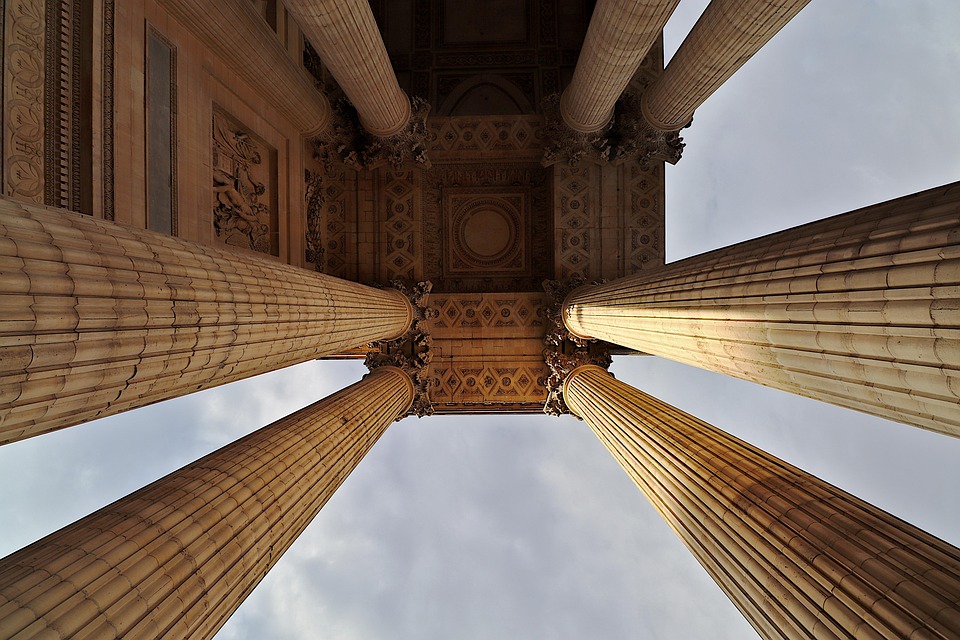

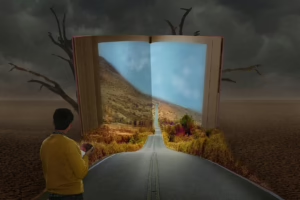
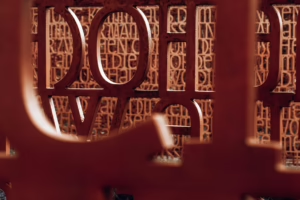

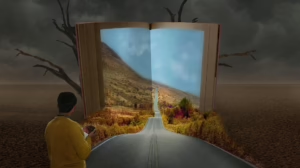
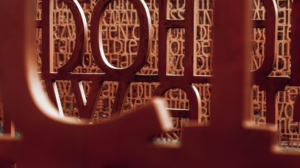




Add Comment